Understanding San Mai: The Art of Traditional Japanese Knife Making
In the realm of traditional Japanese craftsmanship, the technique known as "San Mai" holds a prestigious position, especially among culinary professionals and knife enthusiasts. This ancient method of knife making, which translates to "three layers," involves forging a knife from three distinct layers of steel. This technique not only showcases the exceptional skills of Japanese blacksmiths but also results in knives that offer superior performance and durability. In this article, we delve into the intricacies of San Mai, exploring its origins, process, and the reasons behind its revered status in the culinary world.
The Origins of San Mai
The San Mai technique originated in Japan, a country with a rich history of blade making that dates back centuries. Initially developed for samurai swords to provide both sharpness and durability, this method was later adapted for kitchen knives. The core principle of San Mai is to combine the best attributes of different types of steel: a hard core for an exceptionally sharp edge and softer outer layers to add toughness and resilience.
The San Mai Process
The San Mai construction process is both an art and a science, requiring precision, skill, and patience. It begins with the selection of materials: a high-carbon steel core known as "hagane" and two outer layers of softer, more ductile steel called "jigane." The blacksmith carefully forges these layers together, ensuring the core is perfectly centered. This central layer is what becomes the knife's cutting edge, while the outer layers protect it, absorb impact, and prevent breakage.
- Forging: The three layers of steel are heated in a forge and then hammered together, welding them into a single piece.
- Shaping: Once the layers are fused, the blacksmith shapes the metal into the desired knife shape, paying close attention to the distribution of materials.
- Sharpening: The edge is then ground and sharpened to a fine point, allowing the hard core to emerge as the knife's cutting edge.
Advantages of San Mai Knives
Superior Sharpness and Edge Retention: The hard steel core enables San Mai knives to be sharpened to a razor-like edge that retains its sharpness through extensive use.
Durability and Flexibility: The softer outer layers provide the knife with flexibility and toughness, making it less prone to chipping or breaking compared to knives made from a single material.
Unique Aesthetic Appeal: San Mai knives often feature a distinctive pattern along the blade where the different layers of steel meet, adding to their aesthetic appeal.
Caring for San Mai Knives
Like all high-quality kitchen tools, San Mai knives require proper care to maintain their performance and longevity. This includes regular sharpening, cleaning by hand, and avoiding exposure to harsh environments that could damage the steel. With appropriate maintenance, a San Mai knife can serve as a lifelong culinary companion, embodying the spirit of Japanese craftsmanship in every slice.
Conclusion
San Mai knives represent a perfect marriage of form and function, rooted in centuries of Japanese tradition. They are a testament to the blacksmith's art, offering unparalleled sharpness, durability, and beauty. For chefs and cooking enthusiasts, investing in a San Mai knife means owning a piece of culinary history, one that elevates the cooking experience with every cut. Whether you're slicing through delicate vegetables or carving meat, a San Mai knife transforms each task into a testament to the legacy of Japanese craftsmanship.






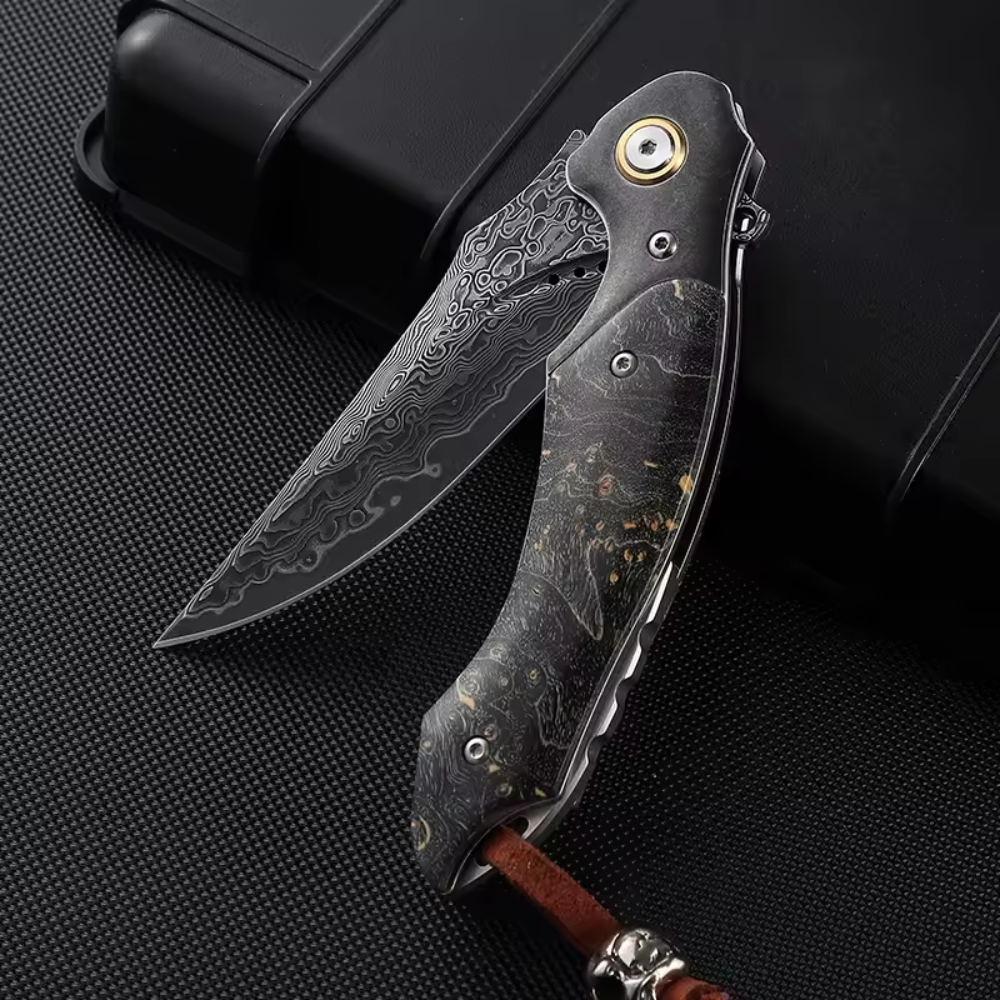
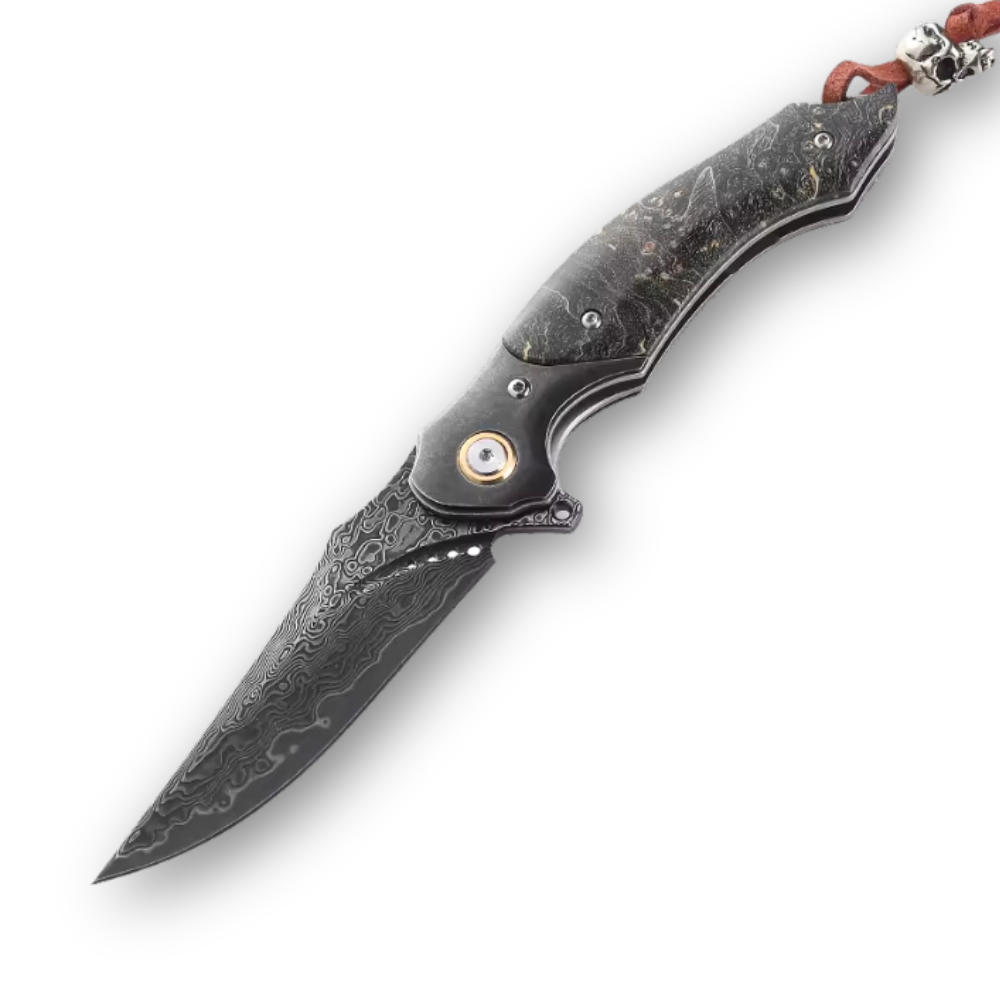
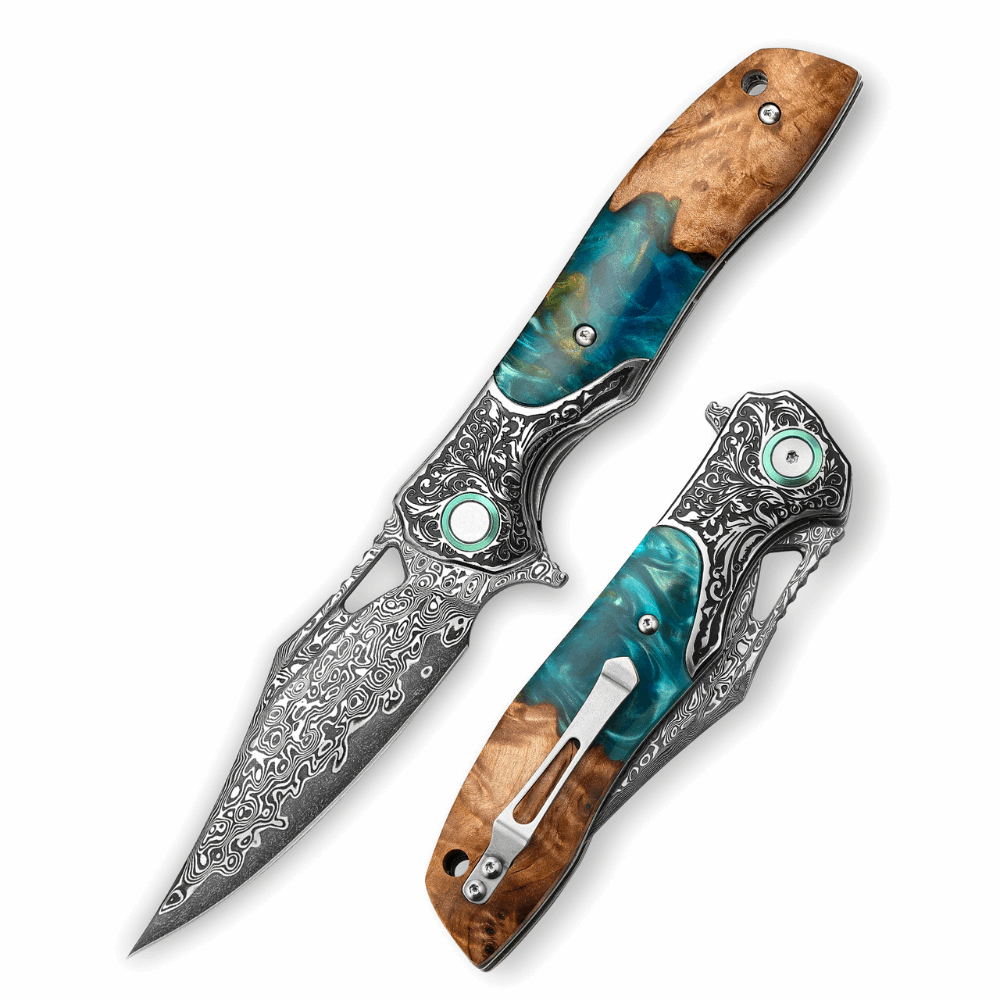
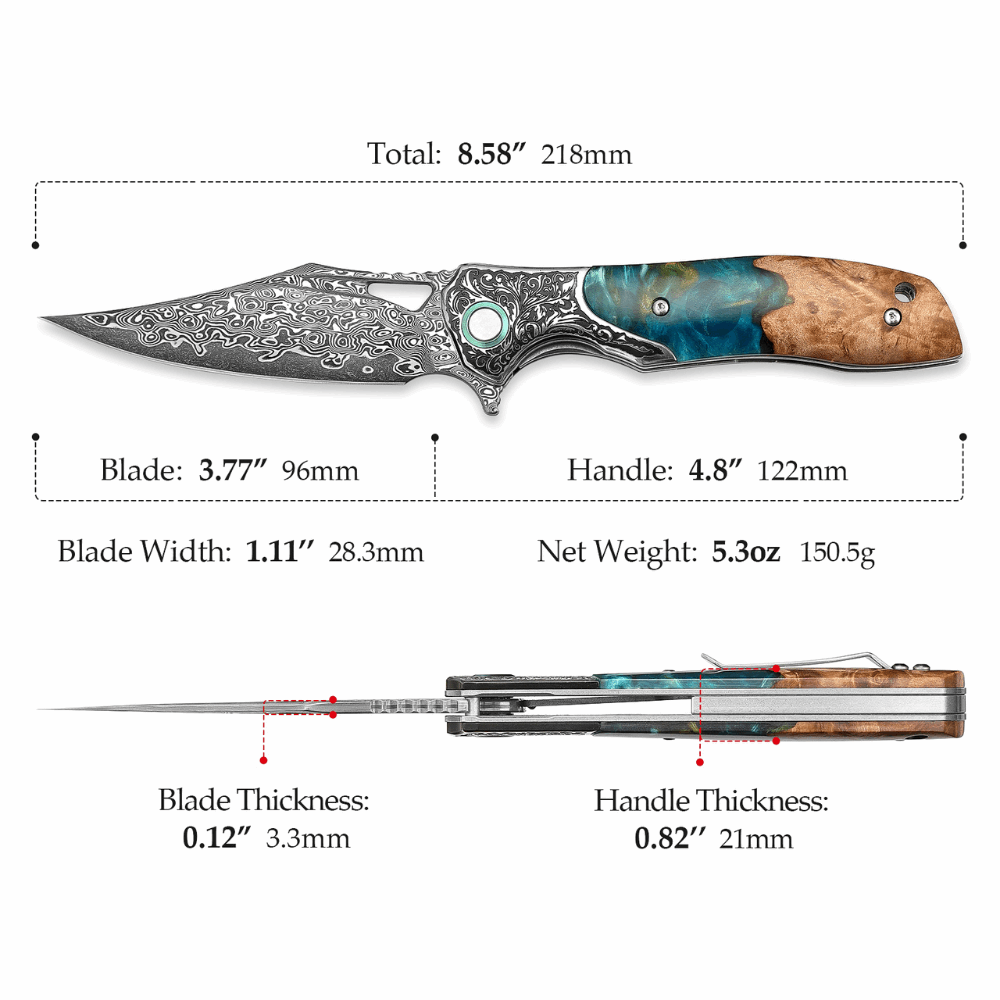
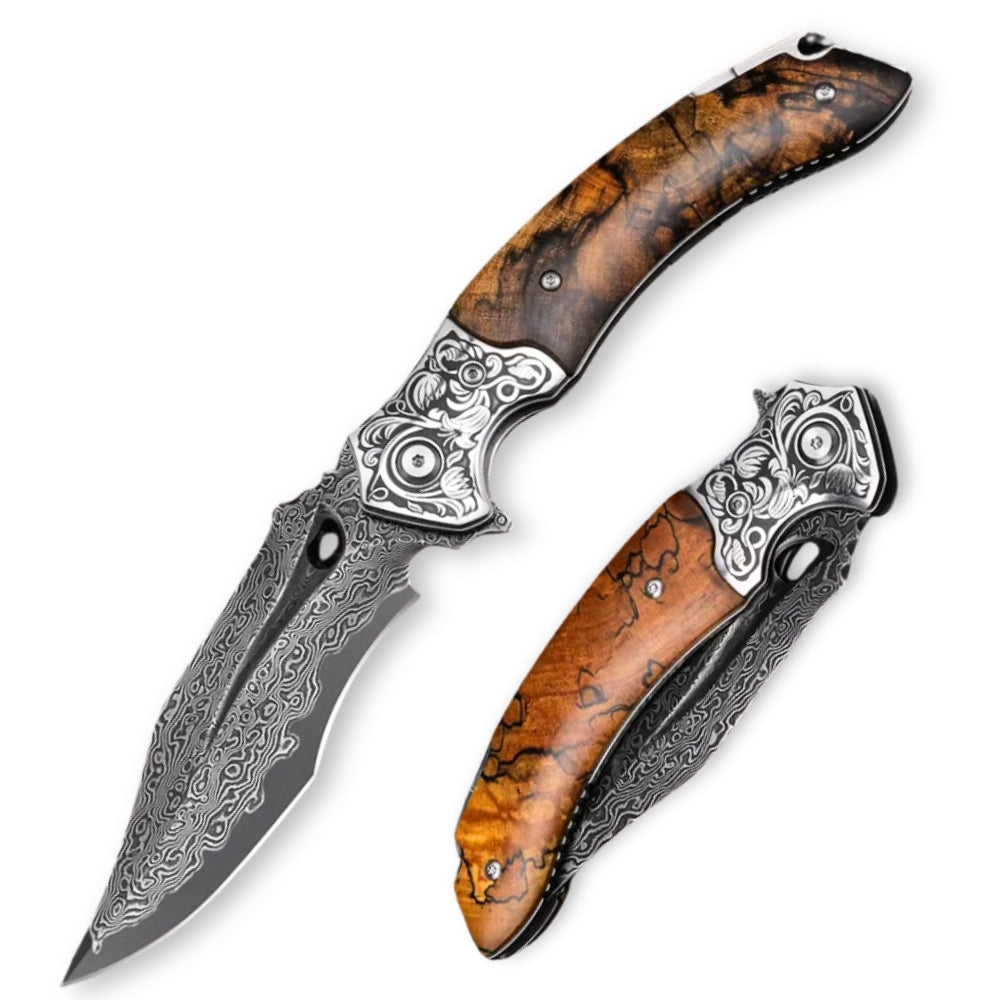
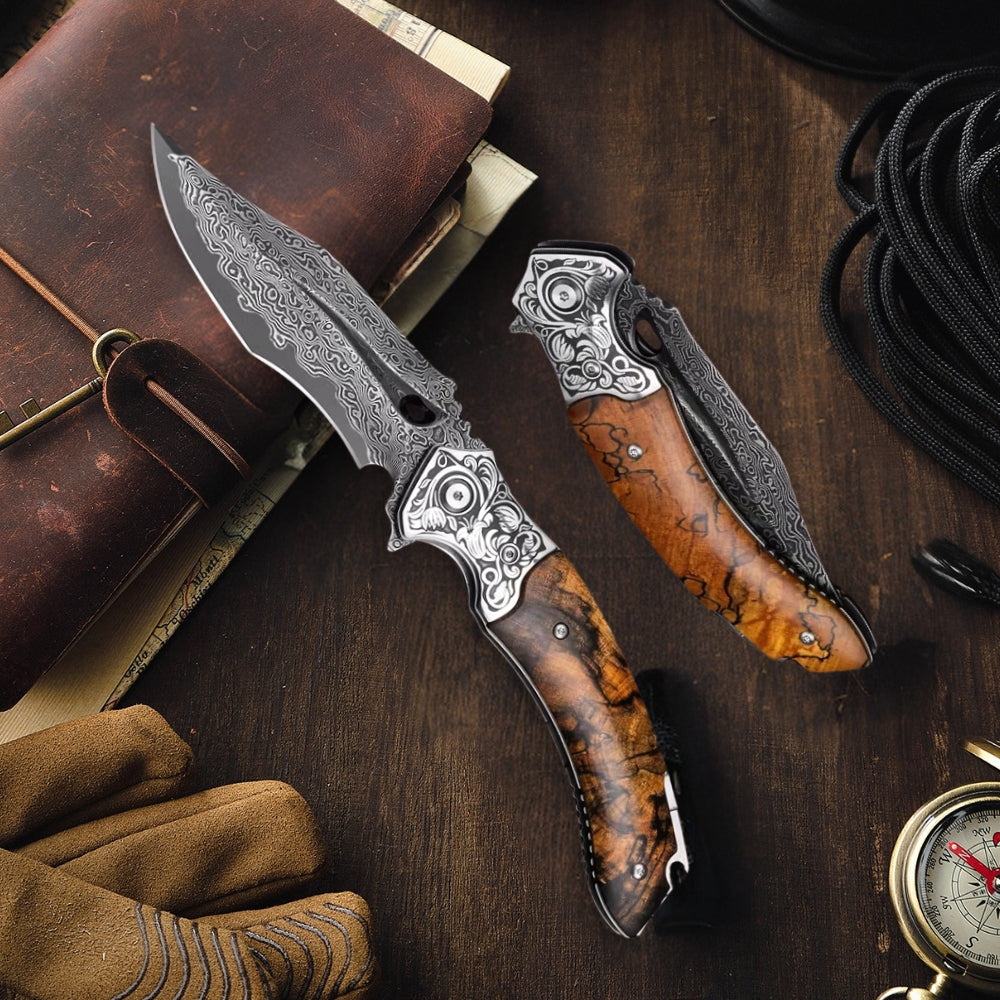
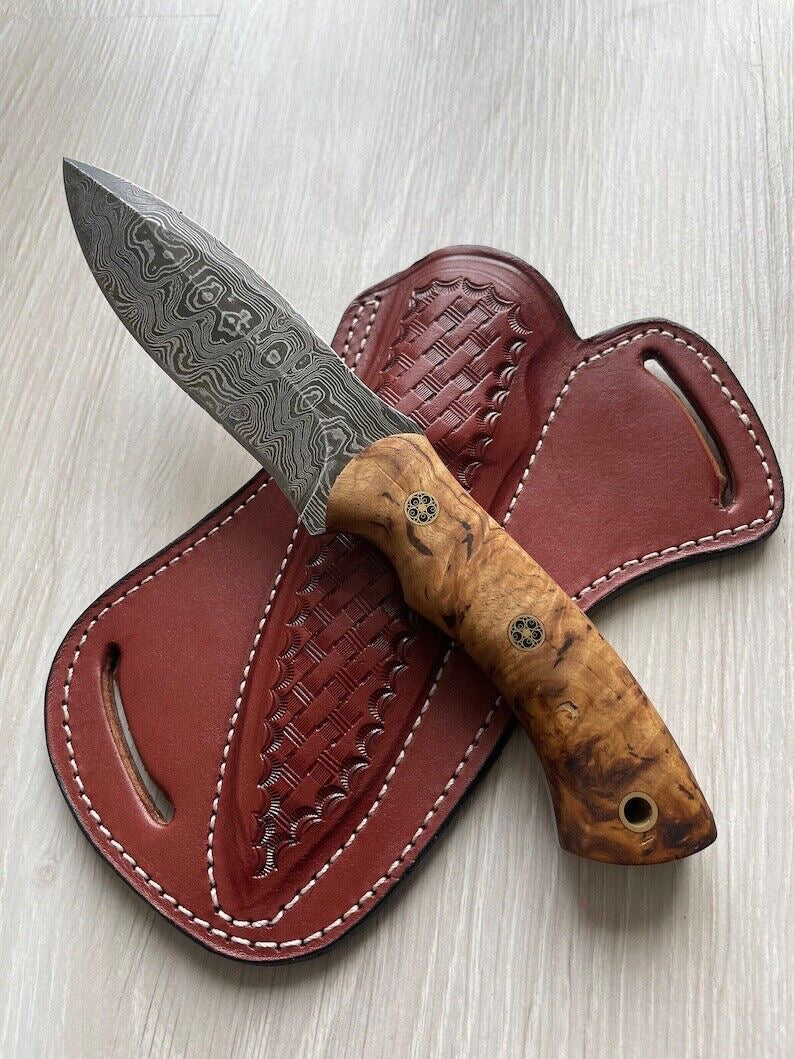
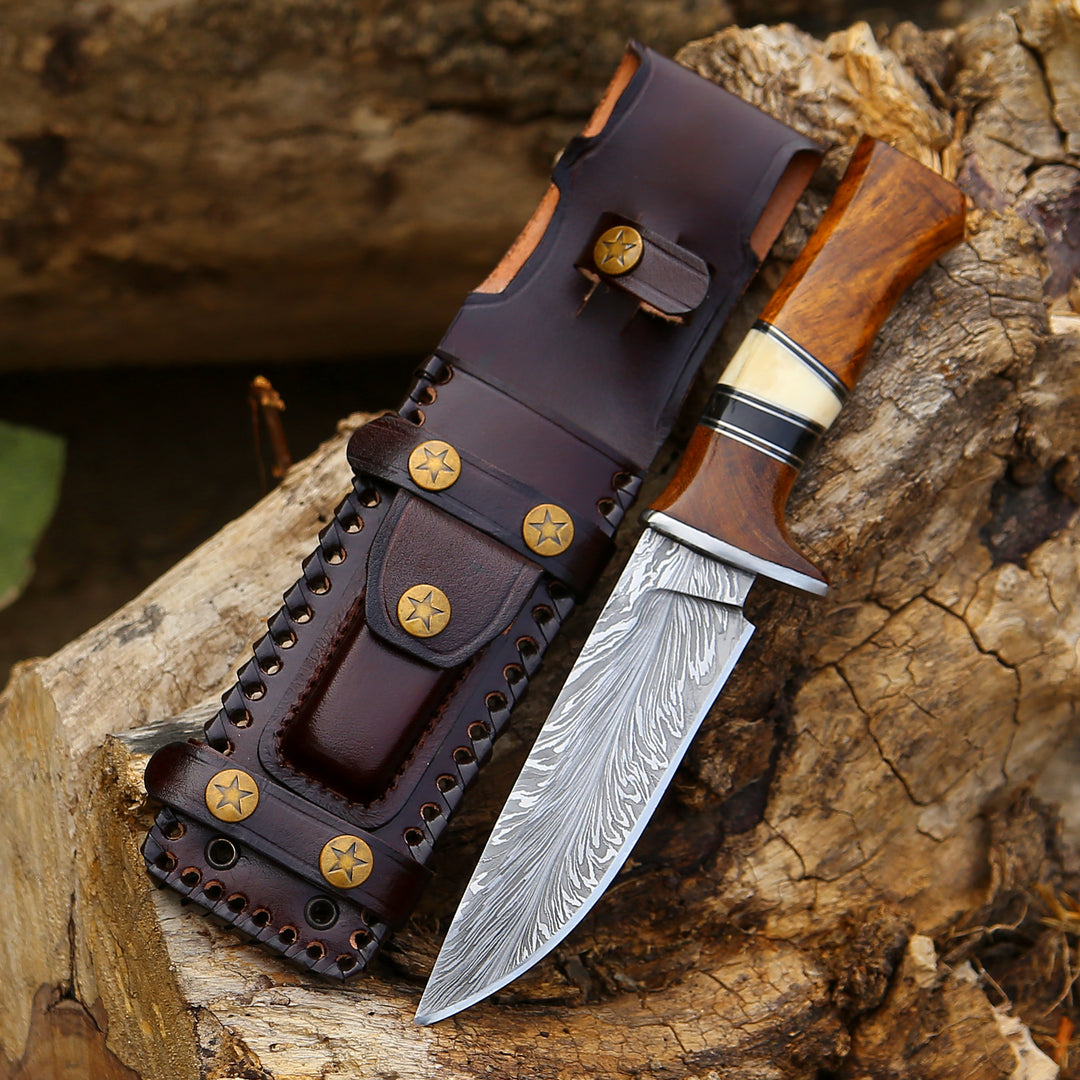

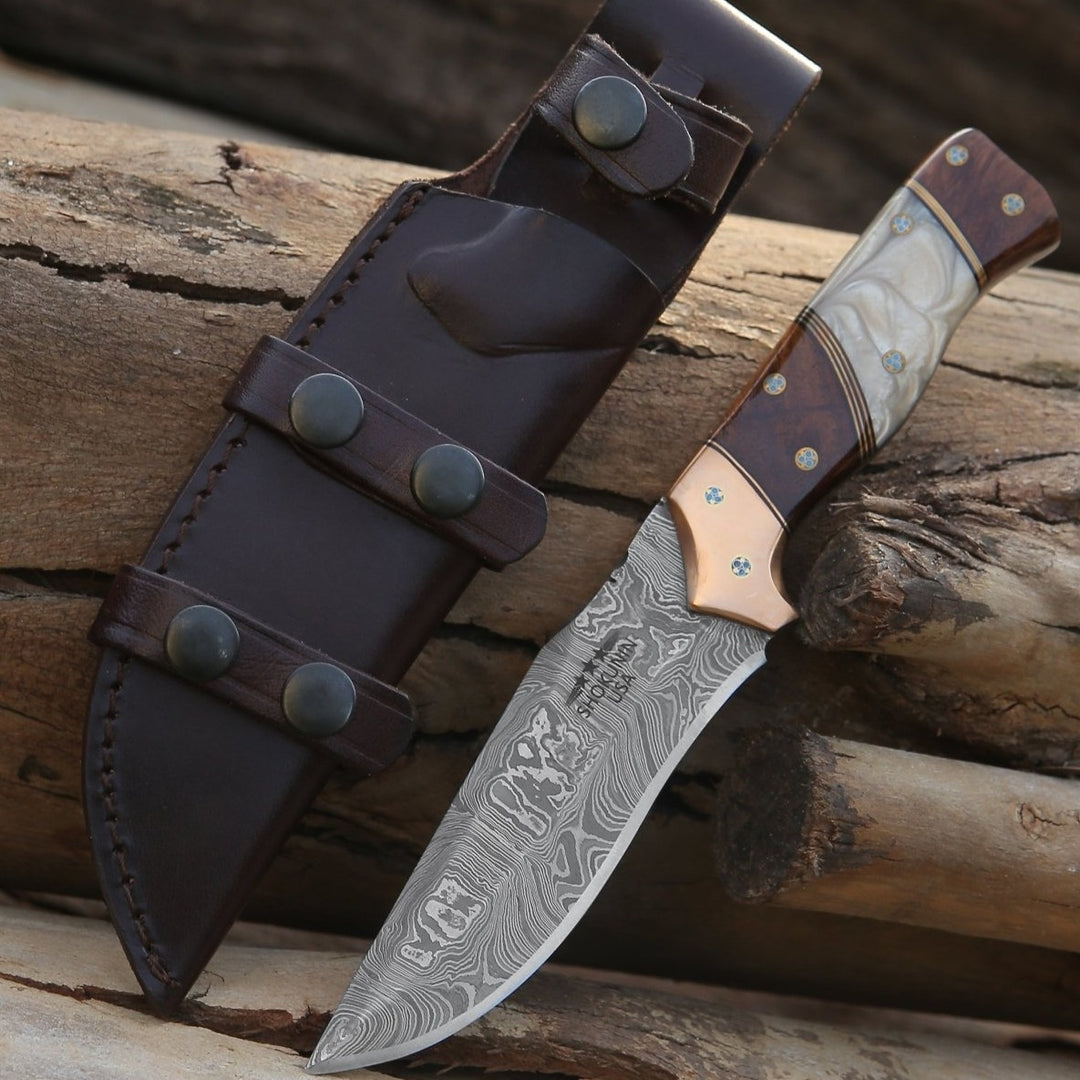
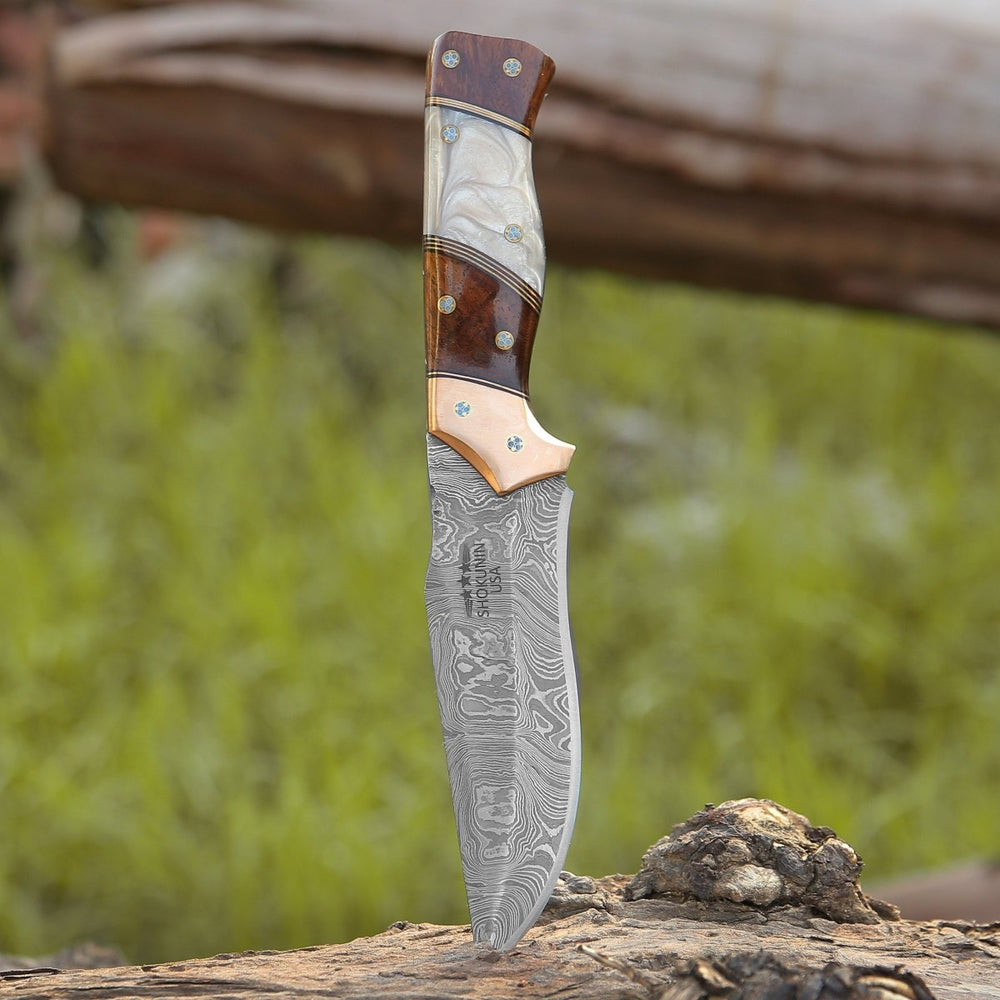

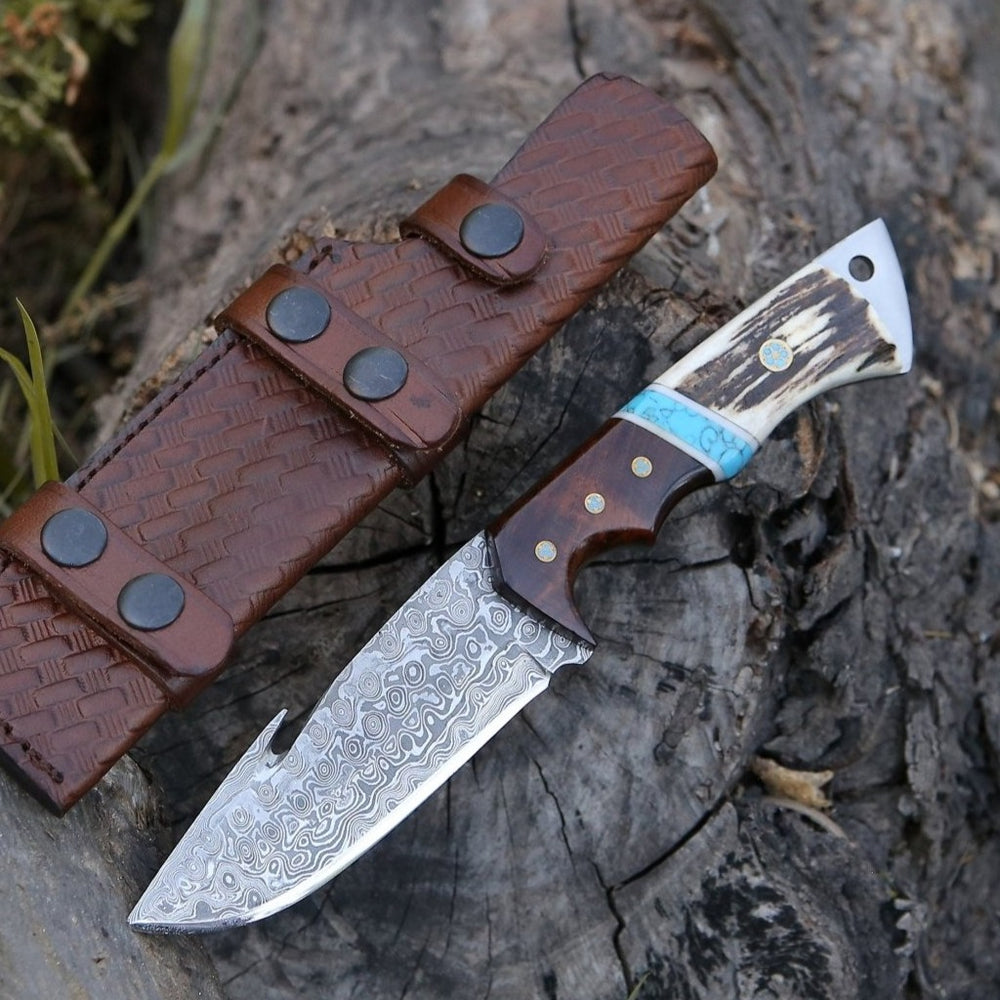
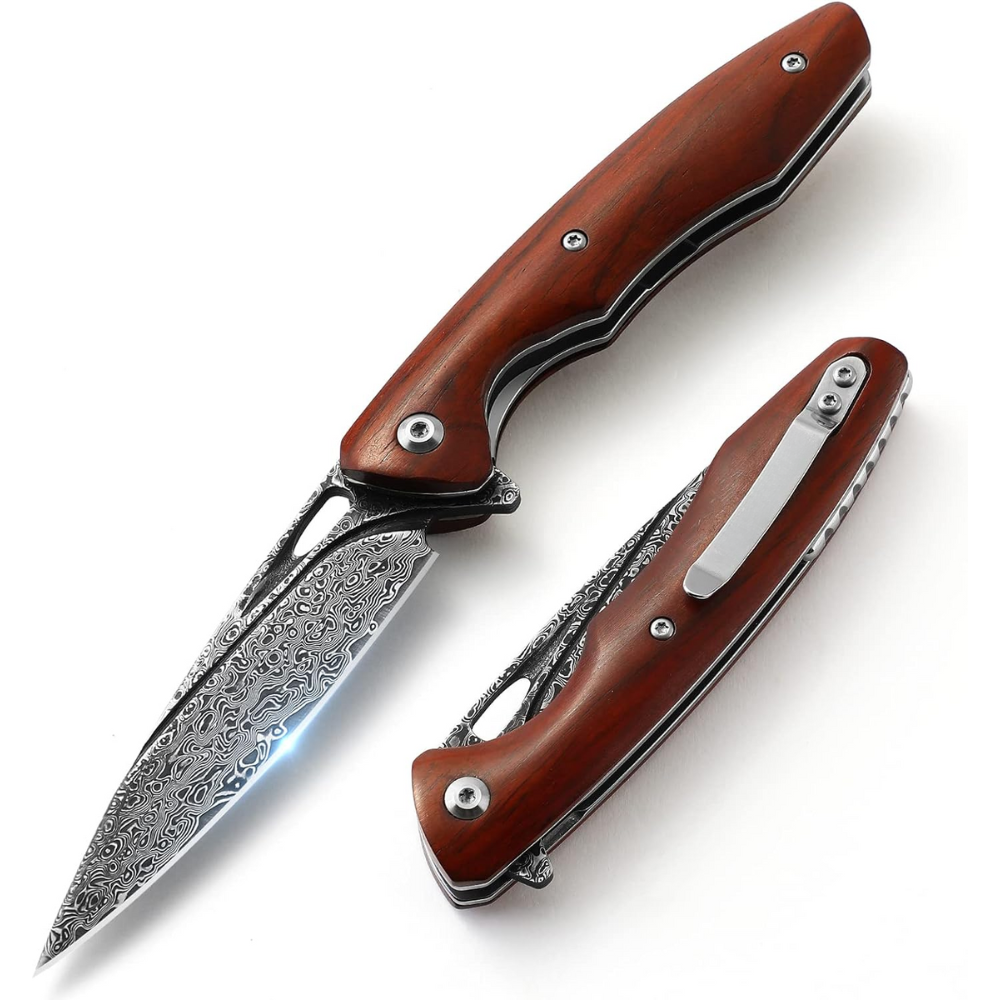
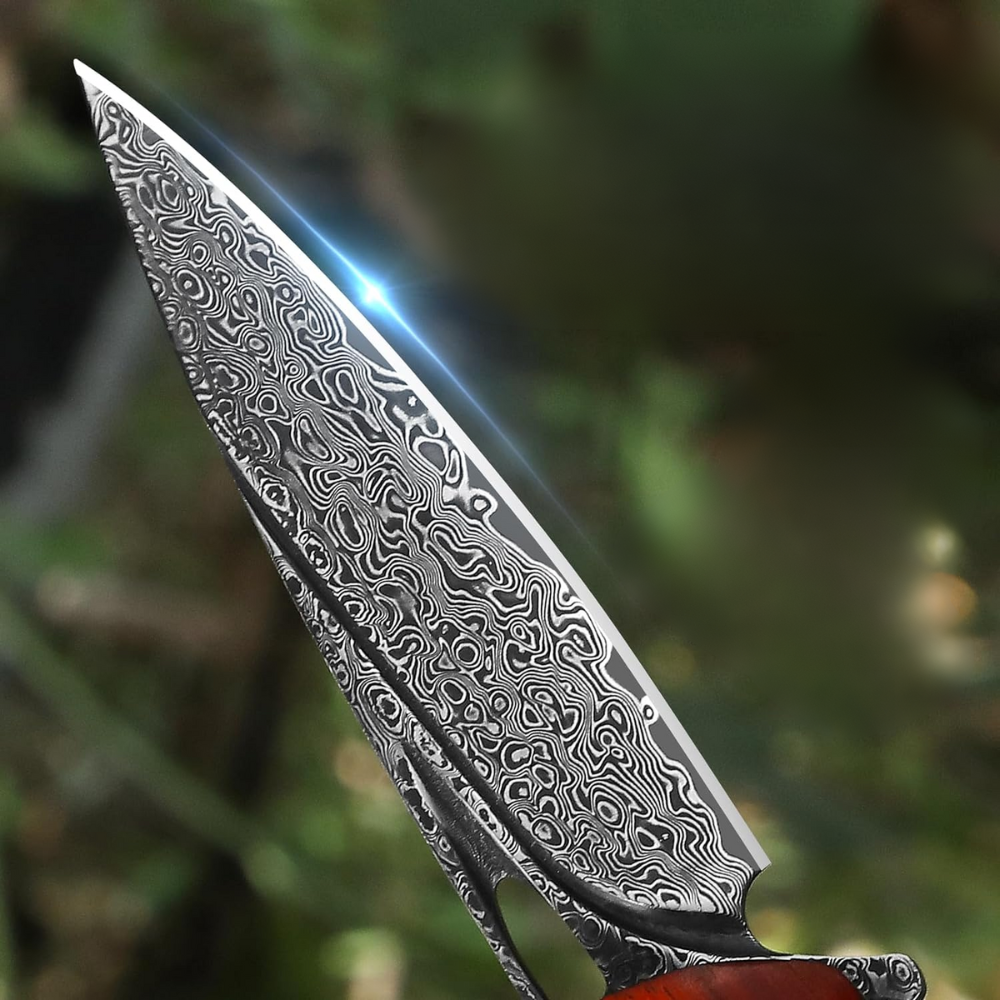
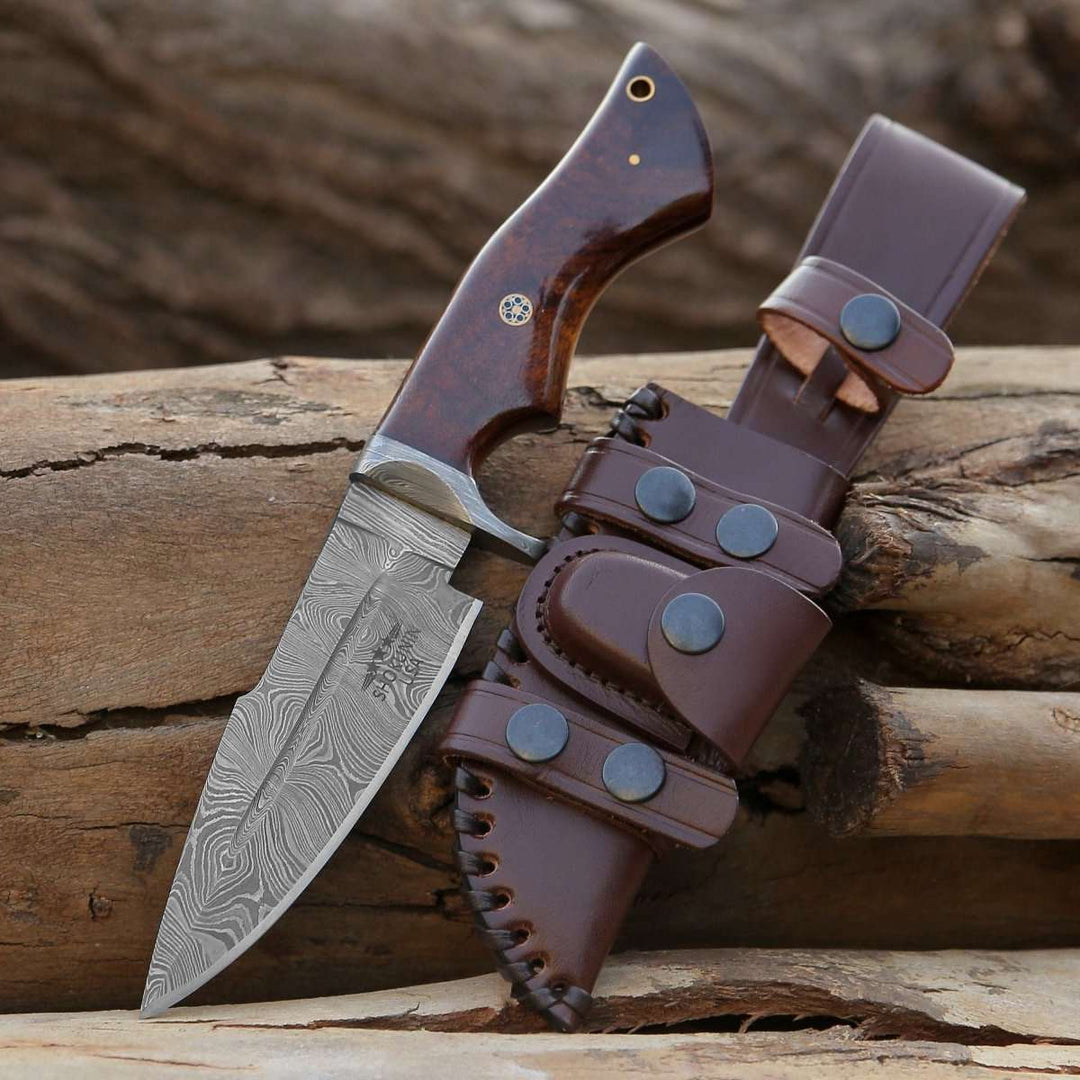
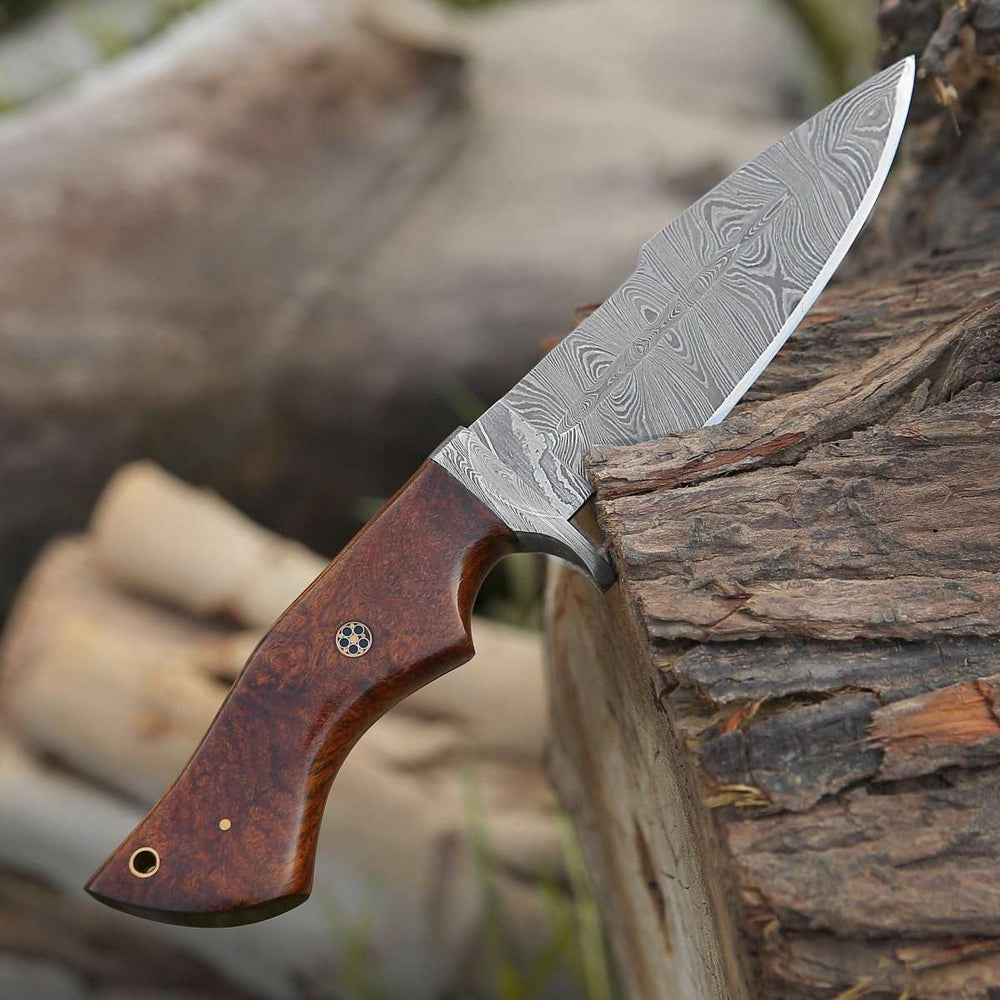
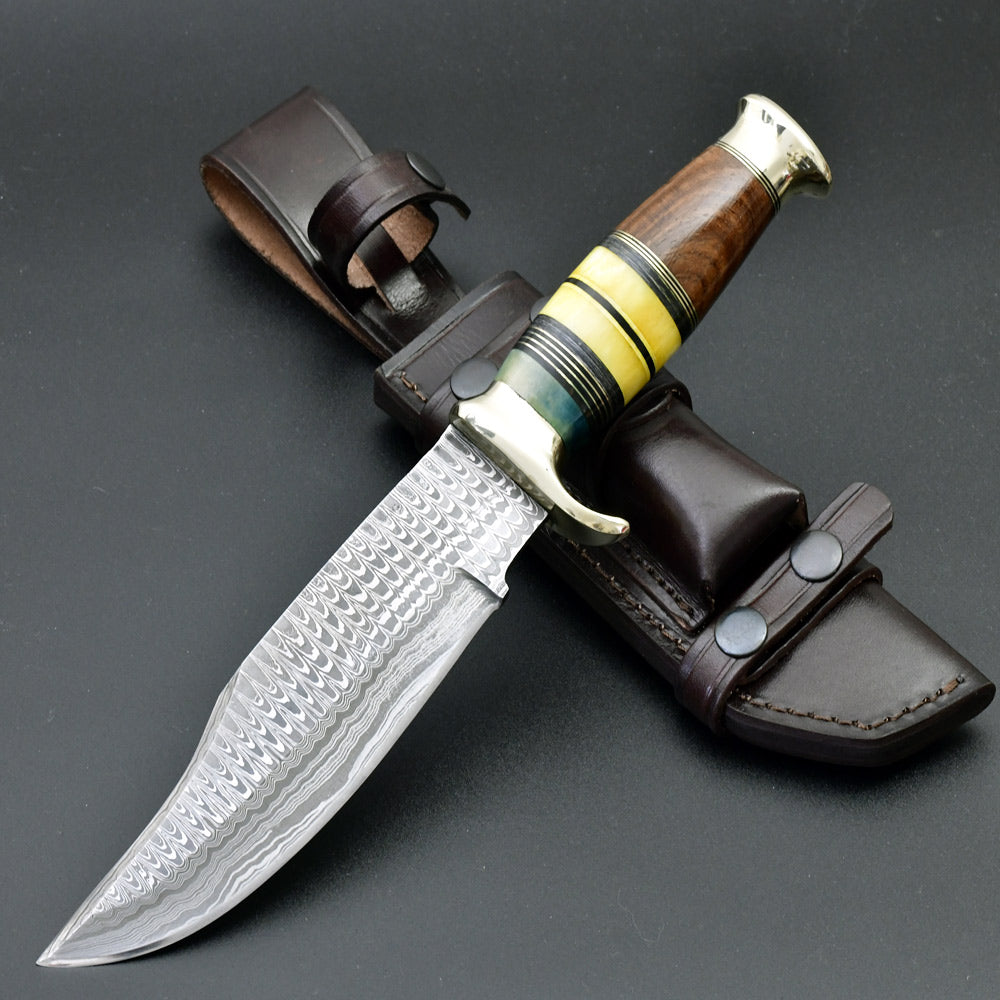
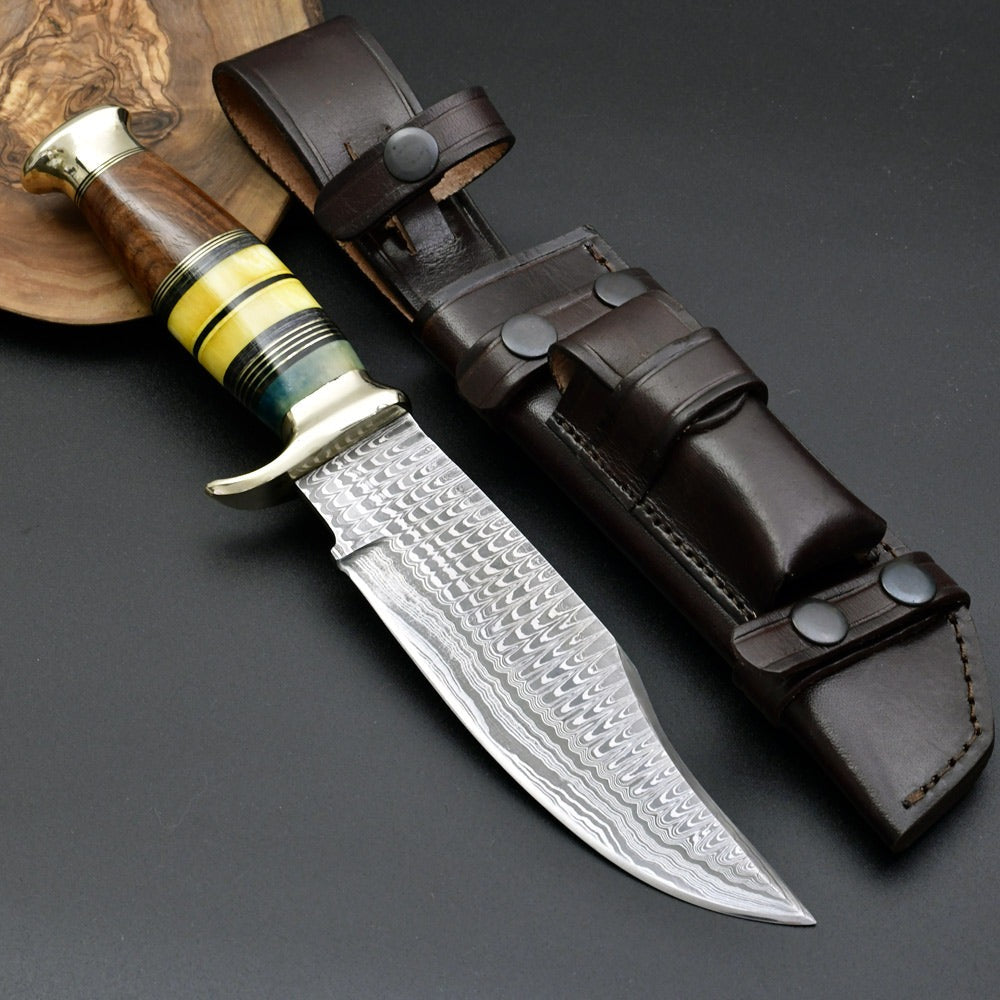
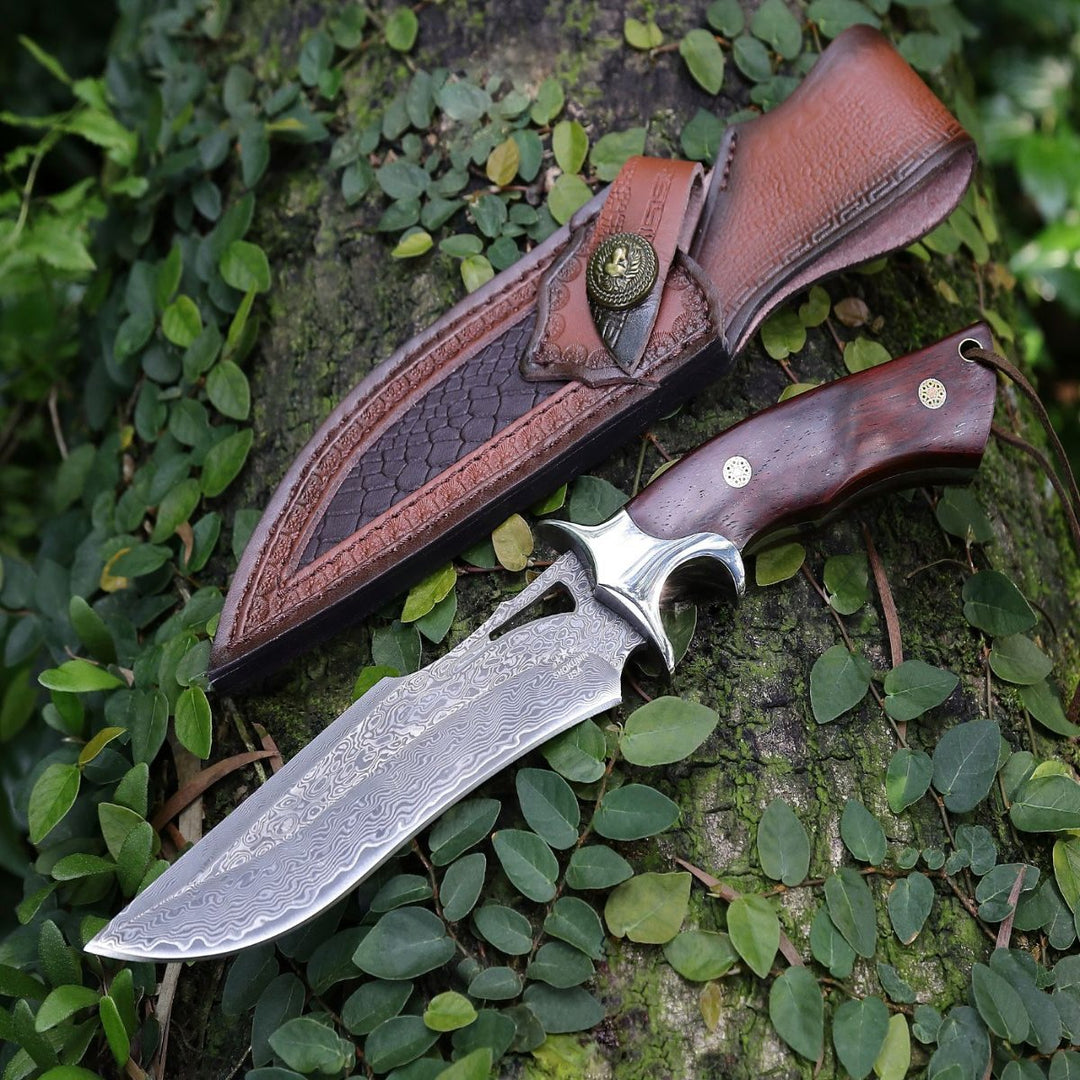
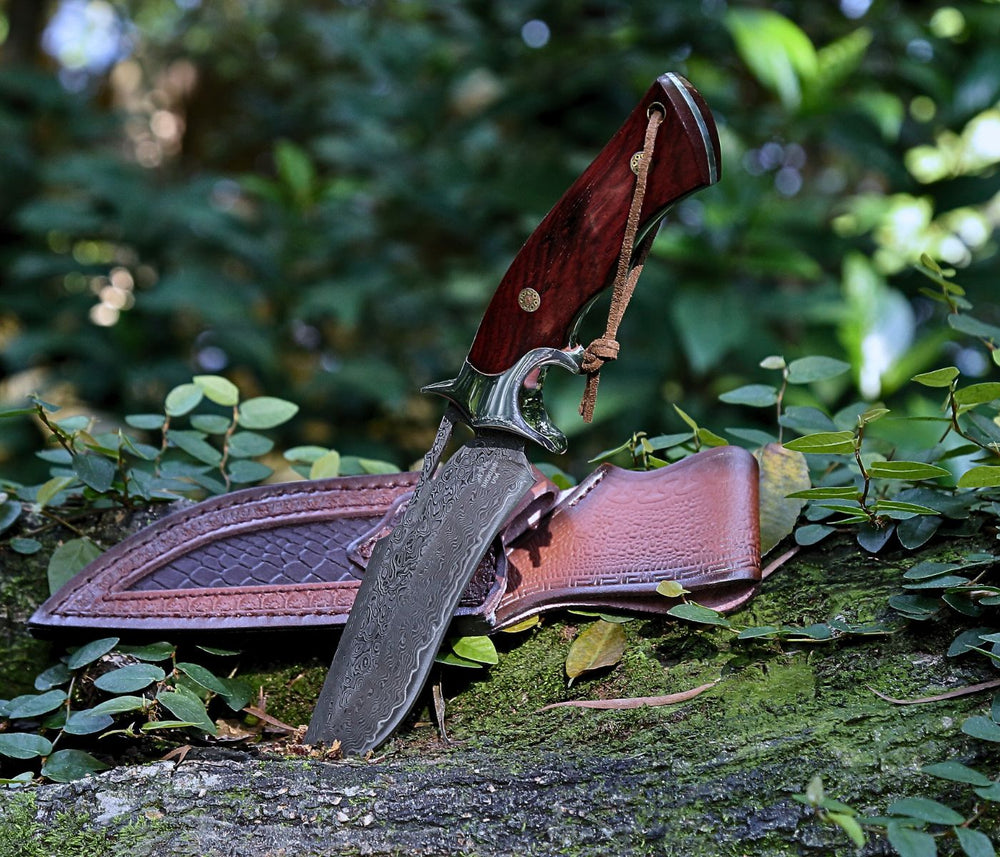
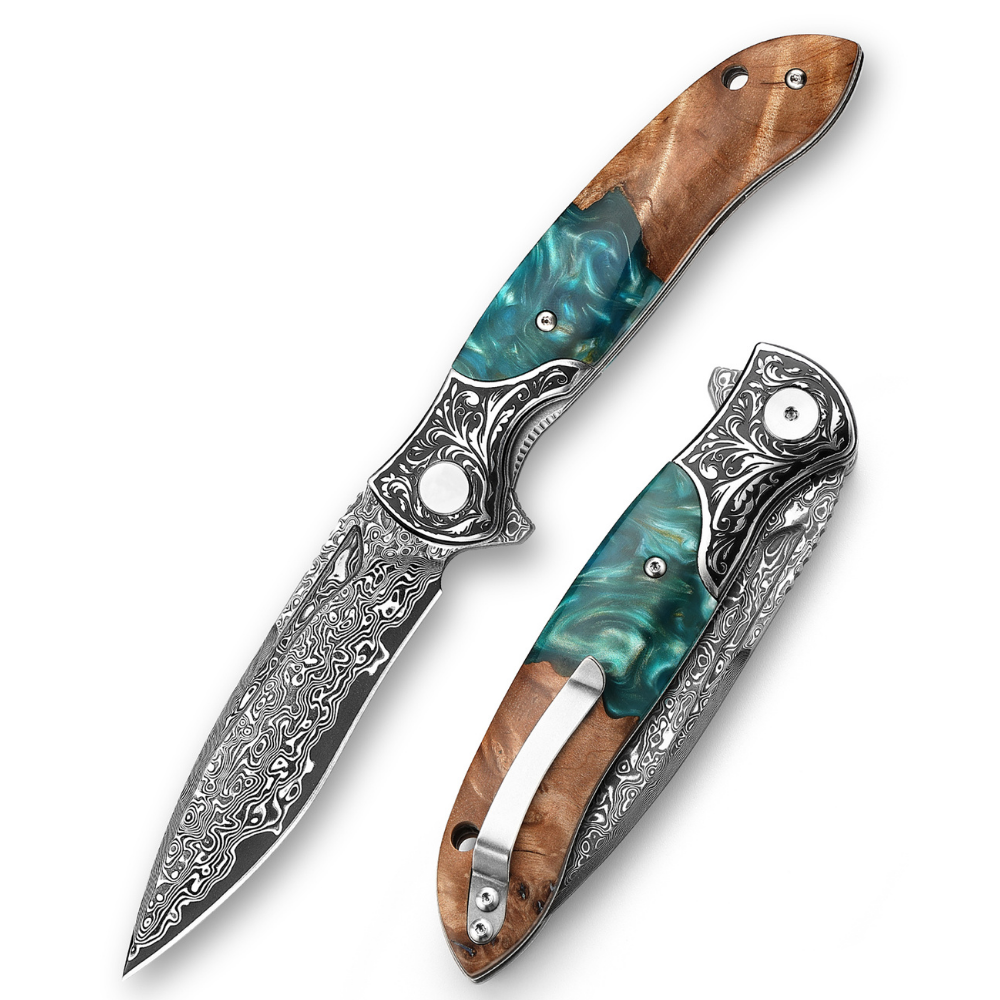
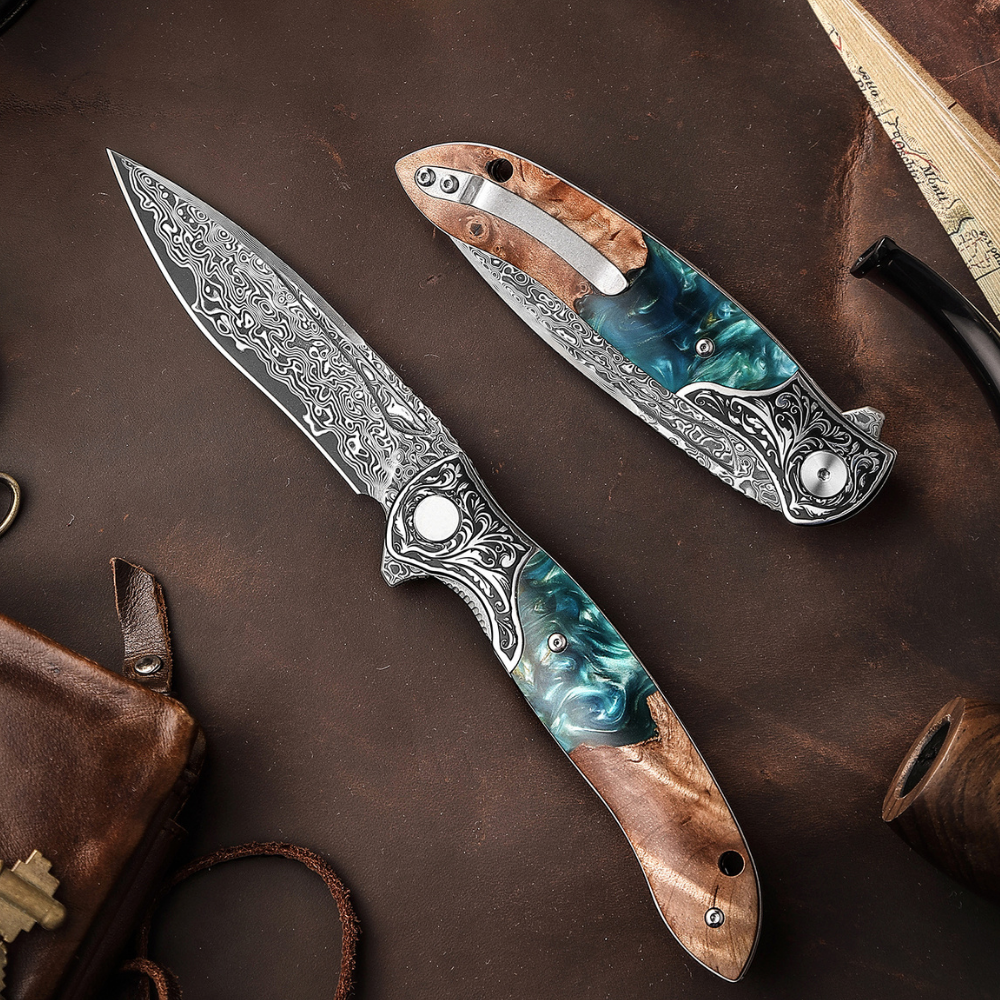
Leave a comment